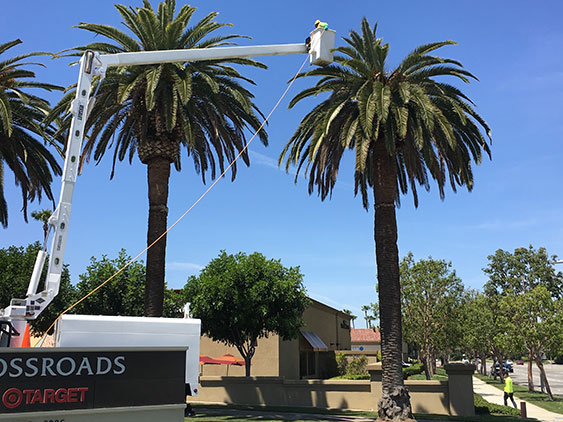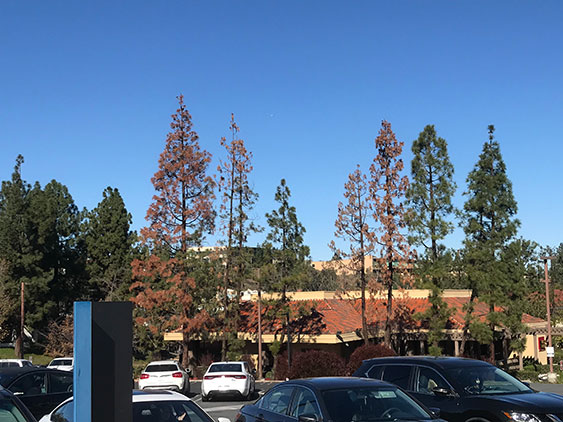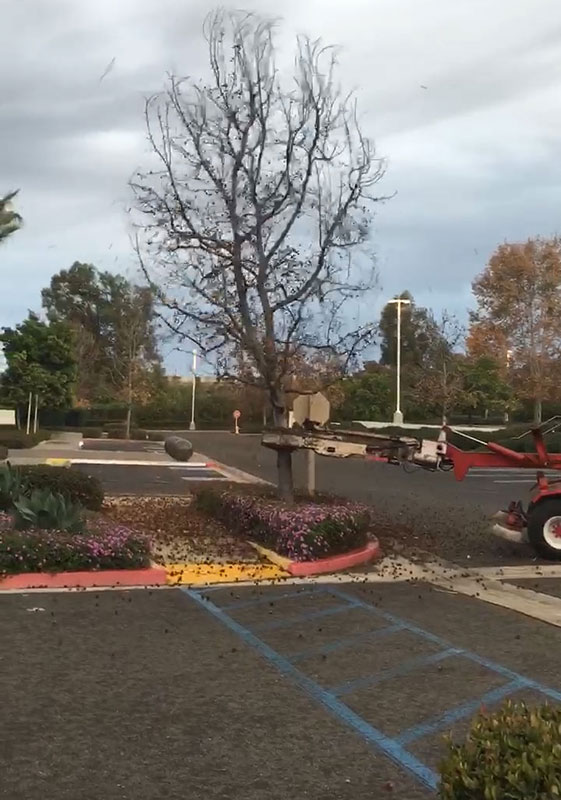Tree Care
Pruning
In any given landscape, a tree or palm is almost always the tallest component. Because of their size, it has typically been a tradition that pruning of trees and palms was performed by a separate contractor. We believe the entire landscape is the responsibility of the maintenance contractor. For this very reason we have our own in-house tree trimming crew and desire to perform our own tree care where it makes sense.
Tree pruning is part science, art, and safety. We take it seriously.
The science involves an understanding of a tree’s growth from the juvenile stage through maturity. It is important to know how trees heal themselves and initiate new growth. Knowledge of differing species needs and characteristics are vital.
The art in tree pruning relates to the finished product delivered to the customer after pruning is complete. Is the tree symmetrical after pruning. Is there even distribution and layering of primary and secondary branches? Do neighboring trees match each other in terms of scale?
Pruning is one of the most dangerous occupations when working with trees. Because of this, safety for our tree workers and our customers is a constant consideration and we obsess over.




Health
Cleanliness


